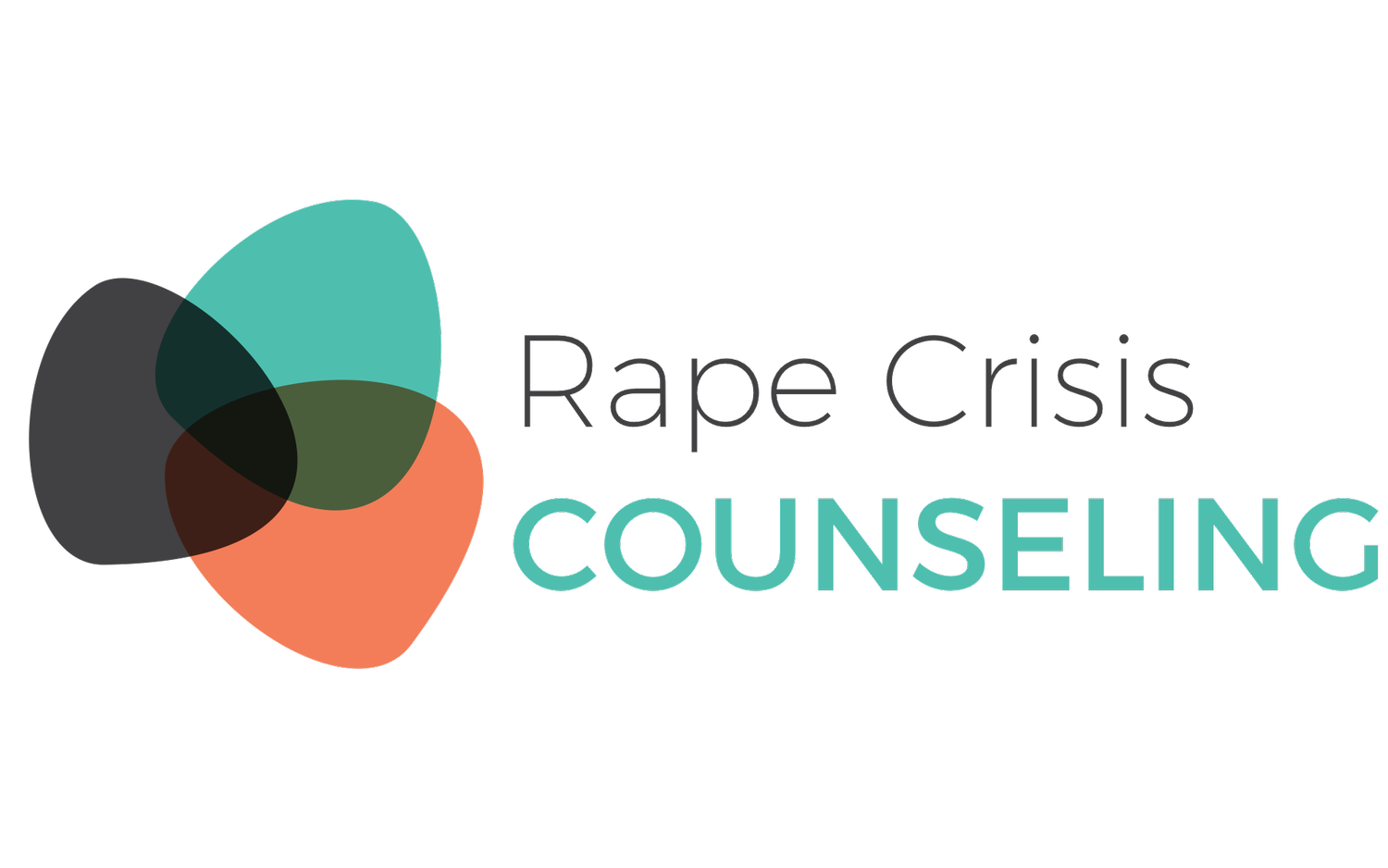1.10.2 Intervention Options
Often, we do not intervene because we are not sure how to help.
It can help to think about intervening as a range of options, such as:
Creating a distraction,
Changing the conversation,
Changing an interaction, or
Doing whatever we can to interrupt what is happening and allow others to step in and intervene.
Intervention is best done with others involved.
Are there friends or other bystanders who are willing to get involved?
Alerting an authority figure is a safe and effective way to intervene.
This might mean calling the police or, if you are in a restaurant or a business, letting the manager know what is going on. In school, this might mean talking to a teacher, counsellor or principal about what is happening so that they can step in and handle the situation.
Addressing the survivor can also be a way to intervene.
For example, you could ask them if they are okay or if they need help. You could tell them that you are concerned about them or that you think that they are too intoxicated to be able to consent and offer to help them leave the immediate environment.
If it seems safe, you can also address the potential perpetrator–however, if you do this, there is a risk that they might create a problem with you by arguing or becoming violent.
If we know the perpetrator, we can speak to their behavior in the moment. If they are intoxicated, get them away from the situation by creating a distraction or taking them to do something else and then talk about their behavior later.
Intervention is whatever you can do in the moment to keep everybody safe.
It can help to explore what you think safe behavior and consent look like and what it looks like when behaviors cross the line into something that is done without an other person’s consent and could become abusive.
Intervention can happen at many times and in many places.
We need to be able to intervene when we see non-consensual behavior, before it moves into the category of abusive behavior.
If we intervene early, we can prevent the incident from becoming worse while setting social norms for how people should be acting.
